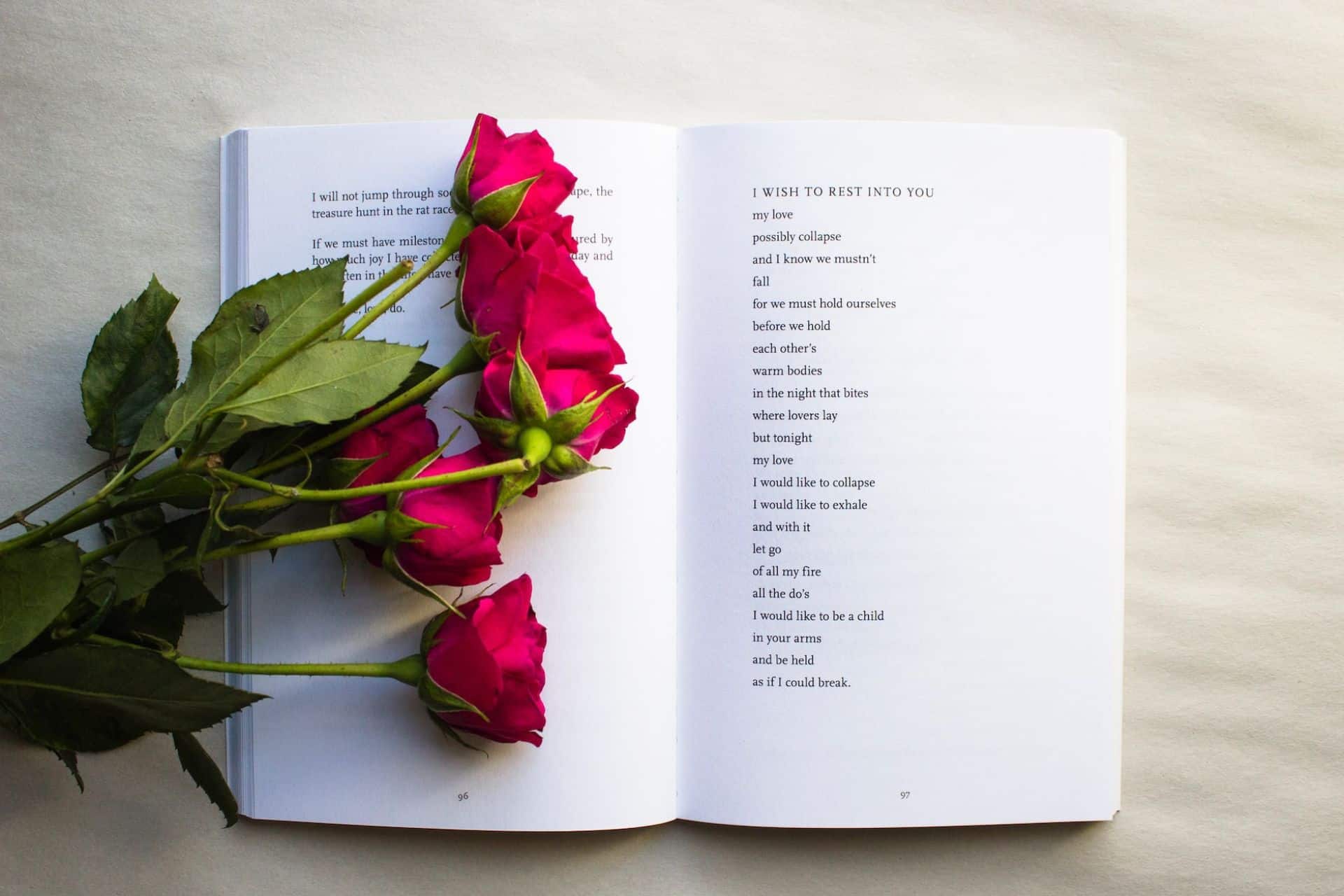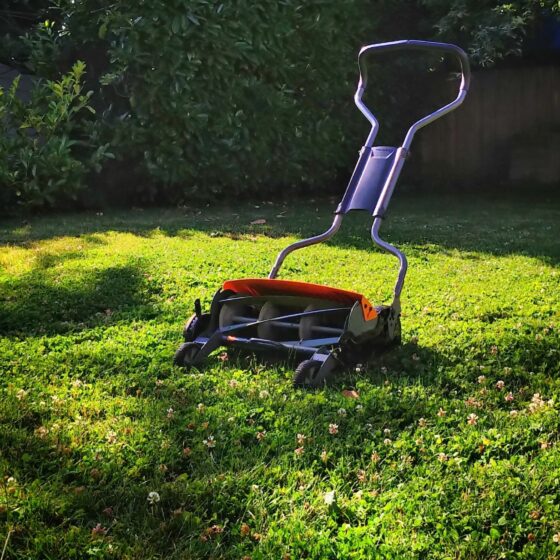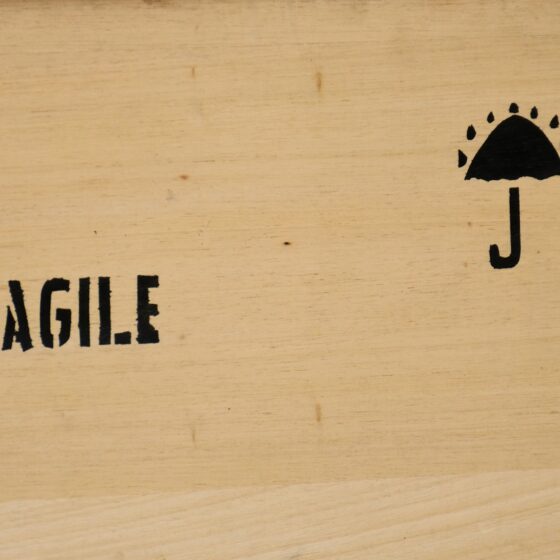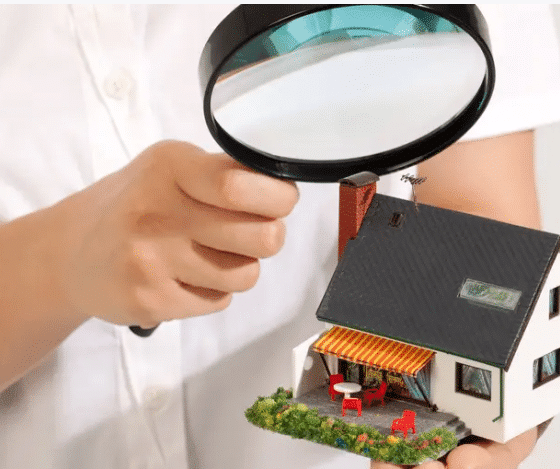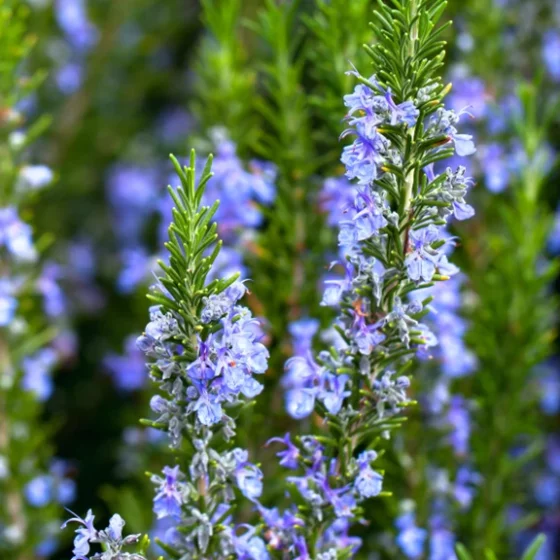Preserving beauty has been a human aspiration for as long as people have walked the earth, and flowers are a big part of this.
We’ve been trying to give flowers immortality by pressing them since ancient times and have come a long way in perfecting this technique — from pressing thistles as votive offerings 3,000 years ago to creating intricate framed floral arrangements nowadays.
Here, we’ll focus on preserving one of the most beloved blooms in the world — roses.
So, let’s dive into it and learn how to press roses in four easy ways!
Steps to Take Before Pressing Your Roses
Prepping the plants for pressing is always pretty much the same, regardless of how you choose to flatten them out.
Here’s what you need to do:
Choose Healthy Flowers
Choose the right flower, and half your job is done! Avoid picking flowers with discolored petals or those with any signs of disease to get beautifully pressed blooms.
Take Color Into Consideration
If red and white roses are your pick, you better think again! These are most likely to get discolored over time. Yellow and orange roses are your best bet for long-lasting results.
Use Fresh Roses
You shouldn’t press dead roses if you want your roses to last as long as possible and preserve their vivid color.
If you’re picking roses from your own garden, cut them on a sunny day, before noon, when they’re at their driest. This will prevent them from getting moldy during the pressing process.
Needless to say, you shouldn’t pick your flowers for pressing on rainy days.
The best time to cut the flowers is right before pressing them. This gives the best results and increases the chance that your pressed roses will preserve their bright color.
If this isn’t possible, try to keep your flowers fresh until you’re ready to press them. Luckily, there’s more than one way to keep your roses fresh. For example, you could place your flowers in a vase with water and condition them with some flower food until you’re ready for pressing.
Give the Roses a Good Trim
Roses are notorious for their thick flowers. So, if you want them to look their best when pressed, cut them in half. Also, trim flowers down to the length and shape you’ve envisioned for your project.
Roses with thick, multi-layered petals might do better when some of the petals are cut off and pressed separately. Don’t worry — you can re-attach them once the pressing is done.
Arrange the Petals Before Pressing
Rose is a complete flower consisting of sepals, petals, a pistil, and a stamen. All these parts can be arranged in an eye-pleasing way. This is especially important if you plan to press your roses for framing.
So, spread the petals nicely to avoid any wrinkling and make sure the stem stands straight. Keep in mind that wherever the petals are touching, they’ll stick together, and you won’t be able to separate them without tearing them to pieces.
Choose The Best Method
There are plenty of ways to make flowers two-dimensional. The quickest ways include ironing and microwaving, but these come with the risk of accidentally scorching your flowers. You can also use an old book or a flower press if you have more time on your hands.
Now let’s discuss all these methods in more detail!
How to Dry and Press Roses — Four Simple Methods
Pressing roses and preserving them for years to come is quite simple, and it won’t cost you a dime. You won’t need many expensive tools (as a matter of fact, many of the tools are already there in your home).
You won’t even have to prep your roses with any special solutions the way you would if you were trying to preserve moss for wall art. Most of the time, you’ll only need some blotting paper and something heavy to squeeze the moisture out of your flowers.
Now, let’s check out the most common flower-pressing methods!
Press Your Roses in a Book
This method is the very definition of “oldie but goldie.” To press flowers this way, all you need is a heavy book (the one which you won’t mind wrinkling a bit) and maybe some blotting paper.
Here’s what you need to do:
- Open the pages towards the end of the book to use as much of the book’s weight as possible.
- Place blotting paper/paper towels on the page you intend to use (this will minimize moisture damage to the book, but you should still anticipate some wrinkling).
- Carefully arrange flowers on top of the paper towels.
- Place another piece of blotting paper or paper towels on top of your flowers.
- Close the book shut.
- If you feel the need, add more books on top of your book.
And voila! Now you know how to book–press roses.
The major setback of this method is undoubtedly the lengthy wait. You’ll have to exercise patience for about three or four weeks for your roses to fully dry and get ready for display.
You’ll also have to change the paper towels or blotting paper at least once a week to prevent mold and browning.
Press Your Roses With an Iron
A quick way to preserve your roses is to iron them/seal them in the wax paper:
- Place a piece of craft paper on the ironing board to protect the surface from molten wax.
- Place a piece of wax paper on top of the craft paper.
- Create the desired flower arrangement on top of the wax paper using fresh roses.
- Cover the flowers with another piece of wax paper.
- Place another piece of craft paper on the wax paper to protect the iron from the wax.
- Gently iron the paper for 15–30 seconds.
To press a rose in the wax paper without damaging or scorching it, you should use the lowest heat possible.
Use a Flower Press
This method is similar to book-pressing. A flower press is a contraption that applies pressure to the plants and squeezes the moisture out of them.
This is how to use it:
- Unscrew the wingnuts from the bolts and remove the top part of the flower press.
- Place blotting paper on top of the base of the flower press.
- Place fresh flowers on the blotting paper.
- Put another piece of blotting paper on top of your flowers.
- Put the top of the flower press back in place and screw the wingnuts and bolts tightly.
- Wait for 3–4 weeks for your flowers to dry.
Occasionally, you’ll have to check on the flowers and replace the blotting paper to prevent mold and browning.
Press Your Roses in a Microwave
You can press blooms in the microwave and get your DIY project started in a minute or less.
Just put your blooms on a paper towel and arrange them. Then, cover them with another paper towel and press them with a heavy object.
The most challenging part is finding a microwave-friendly object that’ll press down the paper towels and flowers evenly (a flat plate, pie weights, and a heavy glass bowl are all good options).
Then microwave your flowers at the lowest heat setting possible (defrosting mode) in intervals of 15 seconds at most, and check on them regularly. Pay special attention to the timing to prevent scorching your roses.
And voila! Your pressed roses are ready to go!
Bottom Line
From the late bronze age on, people have been pressing blooms to lock their beauty in time. Pressing roses is quite simple, and the tools for it are probably already there in your house.
Pick one of the methods described above, learn how to press flowers, and you’ll have a beautiful flower arrangement you can easily decorate your home with.
Frame your roses and hang them on the wall, decorate writing paper with them, or decoupage them onto your furniture — the possibilities are endless.
Happy crafting!
FAQ
Are roses easy to press?
Not exactly. Single-petaled roses and other single-petalled flowers are much easier to press. The more petals a flower has, the higher the chance of wrinkling and tearing. Plus, rose bulbs are quite thick. So, you have to be very careful.
However, the beautiful results are worth the effort.
Do pressed flowers last forever?
Unfortunately, no. Pressed flowers tend to lose color over time. Even if you treat them well, they’ll definitely start fading after 5–7 years.
The flowers‘ color also determines how fast your flower will lose its color. While yellow and orange usually stay vivid for a long time, red and white fade or change as early as five years after pressing.
To prevent premature fading, keep your pressed roses in an airtight container and away from sunlight.
Do you dry flowers before pressing them?
Flower petals should be dry before pressing to prevent mold from forming. So make sure to wipe away any dew from petals and leaves before pressing.
However, flowers shouldn’t be wilted or completely dried out before you start pressing if you want to keep the flowers‘ vibrant colors. To preserve the flowers‘ color best, press them immediately after picking them or keep your bouquet in a vase until it’s “pressing time.”
Can you press roses in a microwave?
Yes, you can. This way, your flowers will be pressed in no time!
- Arrange rose flowers between the two paper towel sheets.
- Put them in a microwave.
- Put a microwave-safe weight (flat plate/bowl) on the flowers wrapped in paper towels.
- Set the microwave on the lowest heat setting possible and turn it on.
- Check your flowers every 15–30 seconds to prevent scorching.
Is it possible to press roses without losing color?
Not really, but you can limit the fading. Pressing the blooms as soon as you pick them will enable you to preserve much of their color.
Cleaning the flowers thoroughly before pressing will also prevent any discolorations from forming on the petals. Make sure your roses are in an airtight container and away from direct sunlight after pressing them to keep them vibrant for a long time.
Following our proven tips on how to press roses quickly and effectively will ensure their beauty is preserved for the years to come.

